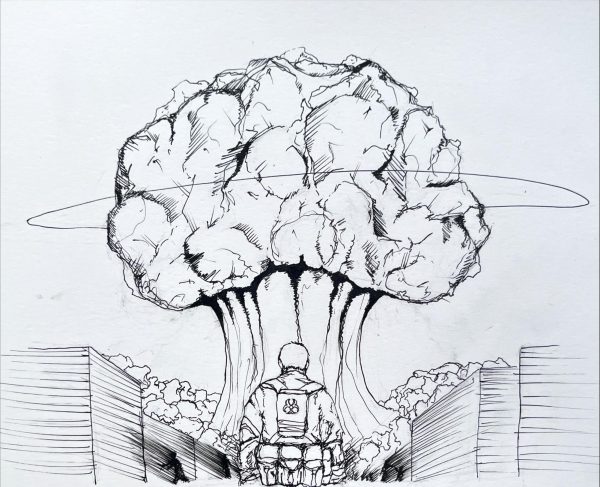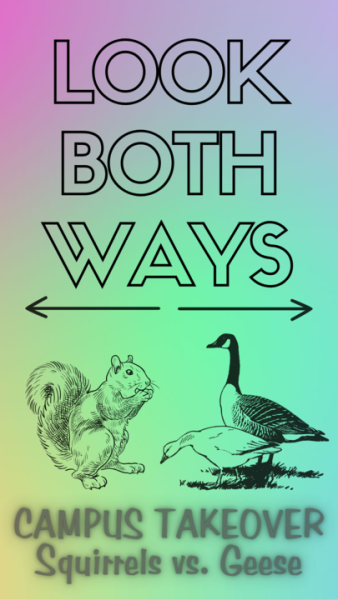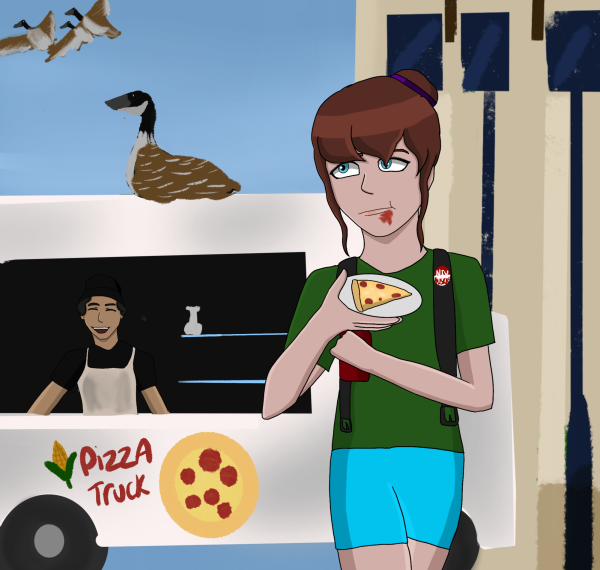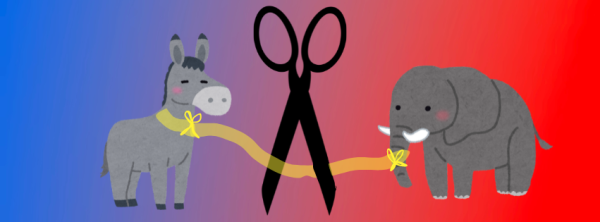Gang Violence
April 14, 2006
I remember being in high school, watching boys dressed identically in white T-shirts and baggy jeans walk past me in the hallways. They had a constant feeling of anger and menace. They must have been about my age, but they all seemed much older, somehow weathered.
Their hair was cut close to their scalps, if they had hair at all. Something about them seemed hard, unyielding and dangerous. They were fearful, even in my happy, liberal hometown.
I never cared much for these boys. I didn’t know them, nor did I want to.
After graduating, I never gave them much thought. Until March 30. Since then, I’ve been thinking about them a lot.
By now, most of you have heard about the shooting death of Jayson Martin. It probably came as a shock. Living in sleepy DeKalb, we feel safe, almost invulnerable. Until recently, our only exposure to violence came in the form of a bi-weekly drunken fist fight. Two weeks ago, though, Martin was killed in an act of gang violence. His alleged killer is Max Keding, formerly a high school student.
We have all responded to the killing in our own fashion. Some of us were scared. Some were outraged. A few grew vocal. One concerned citizen, Geoff Livengood, wrote to the Star about the media’s response to the crime. Livengood said Jayson Martin was “involved at some level of a street gang,” and the media was looking too positively upon him. He seemed to be saying, since Martin had fallen in with the wrong crowd, his death was not much of a loss.
Because we live in a small town, our conception of gangs may be a bit limited. We’ve never had to think much about the problem. We draw our image of gangs from film and television, seeing gang members as bad seeds who poison the community. We rarely look at gang members as human. But nearly all of them are average people who have made mistakes or been dealt a bad hand.
These boys aren’t demonic; they’re real, vulnerable people and products of their environments. This is something Livengood has forgotten — as have many of us.
After the killing, I tried to remember the faces of the gang members at my high school. They looked cold, closed-off and somehow bitter. Whenever gang members are seen in Chicago, their faces are the same. They don’t sneer with devilish joy at their newfound power, nor do they laugh as they plan their crimes. These boys are not born evil, nor are they destined from day one to be gang members. They have been kicked around, intimidated and shown no other option.
It’s easy to find criminals inhuman. They don’t follow the same rules we do. We feel uncomfortable when we know they’re nearby. But we all need to think about what brought these boys to a life of crime. It is more certainly not a love of theft or violence. No one would be a criminal if they saw a better way to live their lives. If a beggar cannot find a job, he steals so he can eat. And if a schoolboy is afraid and can’t stand up for himself, he turns to gangs.
This crime does not just have one victim, or two, or 10. Every gang member, no matter how dangerous or imposing, is a victim. They have found themselves living a scary life, with few escapes. We should not be blaming them or drawing attention to how bad they are. We should start looking for ways to help them, to keep them away from gangs.
These gang members are all just boys. Martin was 19, no older than a sophomore in college. Keding, terribly, is 15. They aren’t sociopaths or criminal masterminds. They aren’t old enough to prove what sorts of people they are. Most of us are older than they are, and we’re all still trying to find ourselves. Instead of lashing out, let’s do our best to get them back on track. Love and understanding are far more productive than prejudice and blame.












